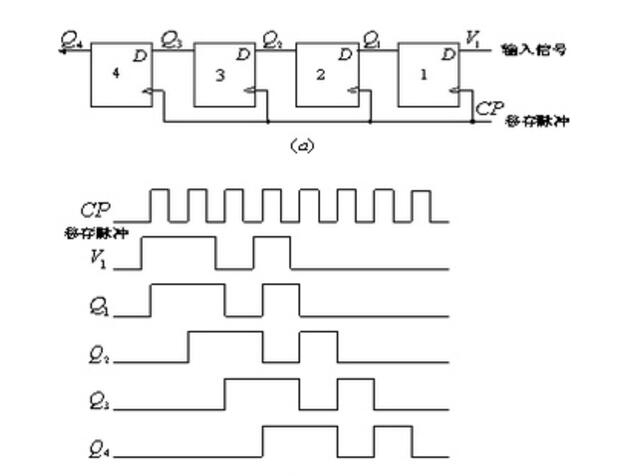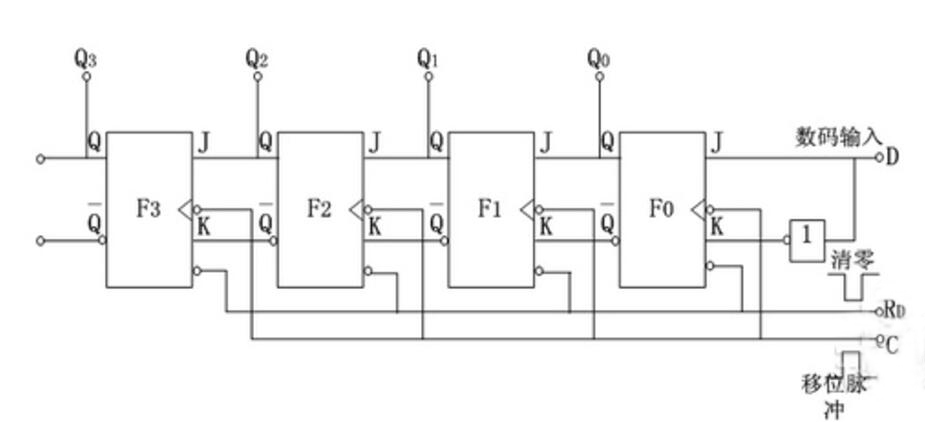The working principle and application of shift register
Registers can be divided into two types according to their functions. One is a basic register, and the other is called a shift register. What is the register? This may be unfamiliar to some friends. Registers are circuits used to store binary data. Sometimes they are used to store binary code. This tool is mainly used in digital circuits to function as a register. That is the register we are going to introduce today. So what is the working principle of the shift registers? This article will do a deep analysis and explanation for you.

Among digital circuits, shift registers are capable of operating in many different numbers but at the same time pulse. They are mainly based on flip-flops as the most elementary device tool, and the register data of this register is passed in parallel. And the serial form is passed into the device, and then within each time, its pulse will move to the left and right respectively, the size of the movement is about one bit, and can only be implemented at the output. Output works.
The shift register is an one-dimensional register. But in fact it also has a multi-dimensional type, but more kinds of types will result in more input and output data. And to form such a multi-dimensional shift register. We can use some of the same number of shift registers in parallel.
The shift register is used extensively to form a shift register type counter, a sequential pulse generator, and a serial accumulator. It can be used as data conversion. That is. Converting serial data into parallel data or converting parallel data into serial data. Wait. It differs from the basic registers in that it not only stores code but also shifts functionality. The shift function we are talking about is actually the code stored in the mobile register, which can move left and right by the impact of the shift pulse. It is a register with bidirectional serial function. Therefore, the shift register also has a series of functions such as serial output, serial input, parallel output, parallel input, numerical operation, and data processing of the register code.
Because these functions are very simple and flexible to operate, they are also very versatile. There are various types of integrated shift registers that are commonly used today. For example, unidirectional transfer registers of eight-bit data run are 74164, 74265, 74166, 74595, etc. The one-way register for four-bit data operation is 74195, and the four-bit data are run. The bidirectional shifter is 74194.

The above is about the shift registers applications and shift registers definition, which is deeply analyzed and explained in this paper. Registers are important components for storing digital codes and data in digital systems for scientific calculators. The most important part of the product is the flip-flop. Each of which can store a 1-bit code and data, and many of the flip-flops are a real register. The mobile register is used in the scientific calculator that combines the storage function and the mobile function is also a state-of-the-art register.






















